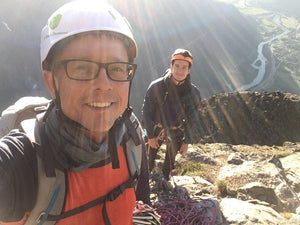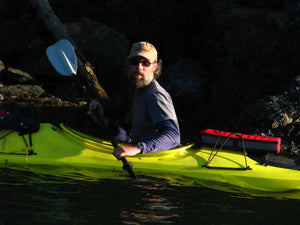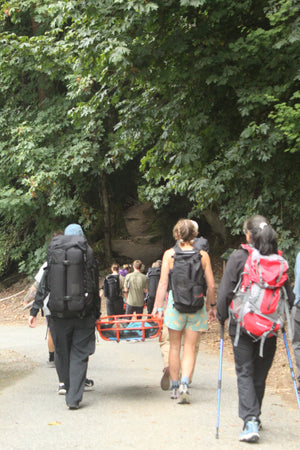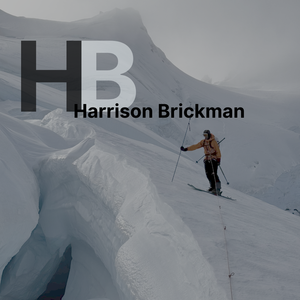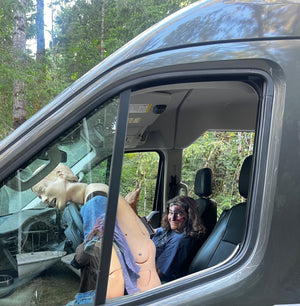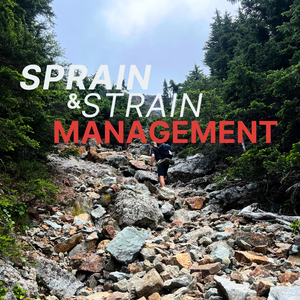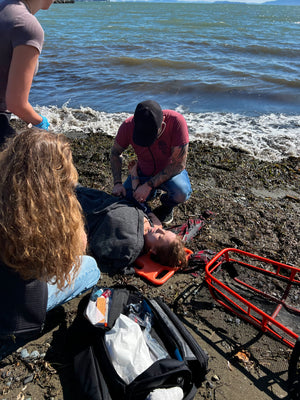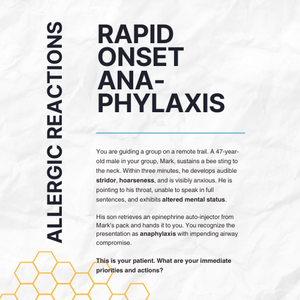Are You Ready for the New Standard in Wilderness Medicine?
Aug 22, 2025
Prepared for Anything, from Anywhere.
For anyone who works or explores in the outdoors, a Wilderness First Aid (WFA) or Wilderness First Responder (WFR) certification is a foundational step. These standard courses do an excellent job of teaching the "what"—what a splint is, what the signs of shock are, what steps to take in a patient assessment. They provide a crucial baseline of knowledge, and for that, they are invaluable.
But a curriculum is, by its nature, a map. It is not the territory. The territory is a chaotic, unpredictable environment where stress runs high, resources are limited, and the patient is not a compliant classmate. This is where the map often ends. The real challenge isn't just knowing the material; it's applying it effectively when things go wrong unexpectedly.
At Remote Medical Training, our entire philosophy is built on bridging this critical gap—the one between the curriculum and the crisis. We believe that true competence isn't just about passing a test, but about building the resilience and adaptive skill to mitigate risk and protect life when duress arises. This is achieved by moving beyond the "what" and diving deep into the "how" and "why" through intensive, scenario-based training designed by those who have navigated the territory firsthand.
Building a Successful Blueprint
When you engage in a realistic scenario, you're doing something far more powerful than memorizing facts. You are actively building and testing neural pathways. You're forced to:
Assess and Adapt: Real-world situations are messy. Scenarios teach you to filter out noise, identify critical patient signs, and adapt your plan when things inevitably change.
Manage Cognitive Load: In a crisis, our brains are flooded with information and adrenaline. Decision fatigue is a real danger. By repeatedly practicing complex decision-making in a controlled setting, you build resilience and learn to stay focused.
Create Muscle Memory: This applies to more than just physical skills. It’s about creating cognitive muscle memory. When you’ve run through a similar scenario a dozen times, your response becomes less about panicked recall and more about instinctual, practiced action.
This approach is backed by solid educational principles. Studies in high-stakes professions, from aviation to surgery, consistently show that simulation-based training significantly improves performance and reduces errors in real-world situations.
The Standard WEMT Model vs. The Remote Medical Training Approach
The Hybrid Remote EMT (HREMT)
Maximum Flexibility, Zero Compromise. A standard WEMT might require three straight weeks of in-person time, a difficult commitment for any working professional. Our HREMT course redesigns this entirely. It begins with 70 hours of comprehensive online learning, allowing you to master anatomy, physiology, and pharmacology at your own pace. This self-directed study ensures you arrive for the 12-day in-person intensive with a deep cognitive foundation already in place.
The Difference: Your 12 days with us are not spent reviewing PowerPoint slides. They are 100% focused on application: complex, multi-hour scenarios, advanced skill stations, and team-based exercises that push your decision-making to the limit. We maximize the value of your time by dedicating it entirely to the hands-on skills that can't be learned from a book.
The Full Immersion Remote EMT (REMT)
Unparalleled Depth and Realism. Our 26-day in-person REMT course is a true deep dive, designed to forge elite providers. The extended format allows us to go far beyond the scope of a typical WEMT. While a standard course provides an excellent overview, our immersion allows for dedicated modules focused on the specific operational challenges of maritime/coastal environments, mountainous terrain, and remote industrial sites.
The Difference: This is not just a longer course; it's a more profound experience. The extra time is dedicated to a level of scenario complexity and environmental realism that is simply not possible in a shorter format. You will manage prolonged patient care in challenging terrain, navigate multi-casualty incidents, and integrate skills in context-specific environments, solidifying your competence under sustained pressure.
The Difference is in the Details—And Who Writes Them
Here is the most important part: a scenario is only as good as the experience it's built upon.
A generic, textbook scenario can teach you the basics. But it can’t prepare you for the specific challenges of your environment. It won't include the detail about how freezing temperatures affect battery life on your equipment, or the unique communication challenges of a sub-surface dive incident, or the tactical considerations of providing care in a high-risk zone.
That is why our scenarios are not written by academics. They are meticulously crafted by our instructors—veterans who served as active-duty medics, expedition leaders, mountain rescue veterans, tactical operators, and humanitarian disaster responders, all of whom have lived these moments.
When you run through one of our scenarios, you are stepping into a situation forged from our instructors' hard-won experience. The feedback you receive is not just about protocol; it's filled with the practical wisdom that only comes from years in the field.
Ready to Elevate Your Skills?
This is the key to creating success—for yourself and for those you may have to aid. It transforms training from a theoretical exercise into a practical rehearsal for your future, ensuring that when the moment comes, you don't have to search for the right answer. You already are the answer.
Explore Our Curriculum & Enroll Now
